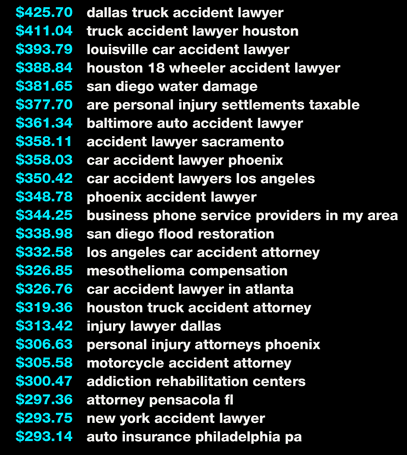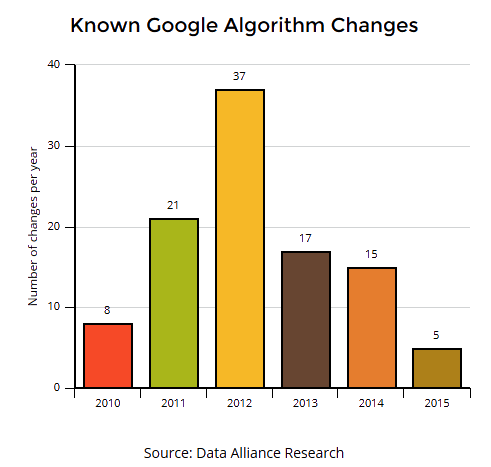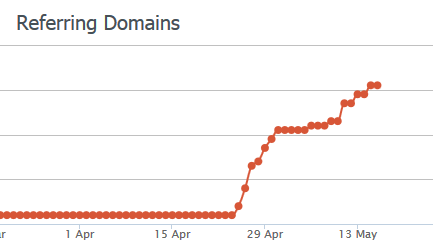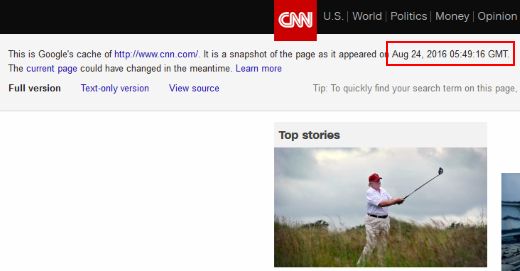SEO vs. PPC – Pros and Cons
Having a well-designed website for your business is one of the best things that you can do to increase revenue, but only if you’re able to drive traffic to it successfully.
In today’s Internet world, you have two basic options of getting traffic to your website: search engine optimization (SEO) and pay per click advertising (PPC). Both can work quite well, but there are substantial differences between the two. In this article, we will compare SEO marketing with PPC to see which is better for your particular business model.
Considering Your Budget
One of the first things that you should do when comparing PPC with SEO is to consider your budget. Although it should not make or break the deal, if you do not have any advertising budget available, you will be limited in the type of traffic that you can get to your website. Fortunately, it is not necessary for you to spend an exorbitant amount of money if you do want to test the pay per click waters.
The amount that you will spend on pay per click advertising is really going to vary, depending upon your niche and the keywords that you choose. As an example, some high-end clicks from Google AdWords could cost you in excess of $300 per click.

On the other hand, if you target the proper search terms and optimize your landing pages properly, you may be able to find some inexpensive traffic that will convert quite well.
Testing the Internet Waters
Another factor that you should consider is the ability to test your website, in order to see how well it is converting. If you are not yet doing any A/B split testing, you should begin doing it now.
Making small changes on your landing pages can often make a large difference in your bottom line and your ability to convert visitors into customers.
You can drive traffic to test your website from your search engine optimization efforts, but you are going to be extremely limited in how quickly you are able to test those changes. For example, if you are getting 10 people per day through SEO to your website, you may only be in a position to make changes on your landing pages once per week, because you won’t be able to get enough reliable data. On the other hand, with PPC advertising you can drive as much traffic as you need to your website in a short amount of time.
Targeting Your Audience
One of the benefits of getting traffic to your website through the search engines is that it can be highly targeted. Rather than having people show up on your website at random, they will be searching for something specific. And if you are offering what they are looking for, it is likely that you can convert them into customers.
As you can imagine, there are some significant differences between the targeted traffic that you get from organic SEO and what you would get through PPC.
Unless you are in a position to put thousands of dollars into organic SEO, it is unlikely that you will achieve any significant rankings for competitive, profit producing keywords. More than likely, the majority of your traffic will be generated from long tail keywords, unusual phrases that are only searched for infrequently.
Additionally, you will find out that at least some of your traffic is completely unrelated to what you are offering, which is problematic, to say the least. This directly affects your bottom line and your ability to properly test your website’s landing pages.
On the other hand, if you get your traffic as a result of a pay per click campaign, you can control how targeted that traffic is in relation with your offer. It is not necessary for you to guess the type of traffic that you will get to your website, because you can be very specific in the keywords that you choose.
It is also possible to target keywords that may be very difficult, or perhaps even close to impossible to target through search engine optimization. This means that your website traffic is going to be of higher quality, and you will know very quickly if it is converting well.
Avoiding Search Engine Updates
Although there are benefits to both organic search engine optimization and pay per click marketing, there is a particular aspect that you should not ignore. If you base all of your traffic on your SEO efforts, you may see that it dries up quickly due to a Google search algorithm change, for example. According to http://www.data-alliance.net, the number of known algorithm changes has decreased during the last few years, but their impact on search results listings has significantly increased with each update.

These updates happened periodically in the past, and today they are ongoing. You may find yourself on top of the search engines one day and when you wake up the next morning, you are nowhere to be found. On the other hand, if you use pay per click advertising, your website traffic will never be affected by a search engine algorithm change.
As you can see, there are advantages to choosing PPC advertising as a way to drive traffic to your website. Of course, pay per click ads can easily be used along with search engine optimization, to provide your website with a steady stream of traffic through multiple resources and save you money.
As long as you have some advertising money at your disposal, testing the waters with PPC is something that can benefit you now, and can even take your business to the next level, as you continue to use it in the future.
Read MoreTen Crucial Mistakes Most SEO Consultants Make
The rules of the SEO game are constantly changing; nevertheless, I still see many SEO consultants playing it the way it worked a decade ago. Here are the most frequent mistakes made by the SEOs even today:
1. Obsess about site authority metrics. PageRank is gone for good, and it wasn’t accurate/updated anyway. We’ve got several backlink quality indicators like DA, PA, CF, TF, of course, but if the target site has a decent number of visitors and is relevant, go for it!
2. Focus their energy on only getting dofollow links. Did you know that nofollow links coming from authoritative websites help boost your rankings as well? Not only that, but by getting nofollow links, you are also building a natural looking linking profile.
3. Target a few keywords that have a big search volume, rather than chasing many long tail keywords. It is a well known fact that most of Google’s traffic comes from long tail searches. After the Hummingbird update, it is even more important to focus your efforts on creating and promoting content that targets lots of long tail keywords.
4. Create lots of low quality backlinks, rather than getting a few high quality, traffic sending links. What if Google stops giving importance to Web 2.0 properties today? How would that break your rankings? What if guest posting wouldn’t work anymore? And what if you were unable to rank on the first page of Google because it only includes 3 organic results now? How would you get website visitors? You could use paid ads if you had the needed budget, of course, but links that come from websites with huge traffic can send lots of visitors to you website for free. Create a comprehensive resource, and then promote it, trying to get as many high quality traffic producing backlinks to it as possible.

5. Creating website pages that target a specific keyword density value is another huge mistake. Gone are the days when a 3…5% keyword density was the key to success; nowadays, search engines can understand what your content is about, because semantics have become an important part of their algorithms. Forget about keyword densities; if the targeted keyword appears once in the title and a few times in the text, Google will understand what you are trying to rank for.
6. Ignore the page loading speed. The mobile searches volume has exceeded the number of desktop searches. The good news is that Google’s PageSpeed Insights does a great job, testing the loading speed of your website and offering suggestions that will help you optimize it for mobile devices and desktop PCs as well.
7. Create website pages and then forget about them, rather than constantly boosting their authority. How many times have you created a single, perfectly optimized web page, and then started to build links to it because you wanted to rank it for a particular keyword? With modern SEO, you need to reinforce that page by writing lots of blog articles that complement it and link to it, thus creating a virtual silo that solves people’s problems and has a great resource at its core: the original website page.
8. Get useless links from sites that are given little importance by Google. Would you go after a link that comes from a website that wasn’t visited by Google in years? Use a cache:site.com Google search (works for individual pages too!) to see the date when the site was crawled by Google’s spider last time; if it’s more than a few months ago, you’d better focus your energy on getting a link from a more valuable site.

9. Chase very difficult keywords and never get decent rankings for them, rather than ranking for lots of longer tail, easier to rank keywords. I see this happening over and over: poor keyword research leads to poor SEO performance. Use your brain to come up with high search volume, low competition keywords by using industry slang, product names, keywords that appear in industry related top 10 lists, and so on.
10. SEOs don’t set proper client expectations, and then they can’t explain the poor results. Don’t ever promise page 1 or #1 rankings! It may not happen, and then you will have to explain quite a few things. It’s always better to focus on ROI (get more website visitors and sales, for example) rather than using rankings. If your clients pay for AdWords, for example, strive to get them organic “clicks” at a lower price – this makes sense and shows them that your SEO services are cost-effective.
Read More